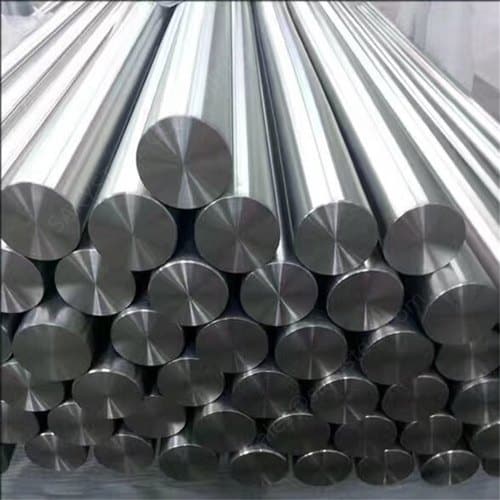All About the Chemical Composition of SS 304

A versatile type of steel with numerous applications is stainless steel 304. Its composition of 8% nickel and 18% chromium gives it the distinctive stainless appearance and aids in preventing corrosion.
Additionally, compared to other varieties of steel, stainless steel 304 includes less carbon and manganese, making it easier to deal with. An overview of the SS 304 Chemical Composition will be given in this blog post.
Based on alloying components, applications, and other variables, the American Iron & Steel Institute (AISI) and the Society of Automotive Engineers (SAE) came up with the designations for stainless steel alloys.
Because the same alloy may have multiple IDs depending on which system is being referred, stainless steel nomenclature can occasionally be difficult to understand.
Nevertheless, the majority of alloy mixes continue to have the same chemical makeup regardless of classification scheme.
Here is a list of the most popular alloy designations for stainless steel 304, the most functional and frequently used stainless steel.
Stainless Steel 304
Stainless steel 304 is an austenitic grade that may be severely deep drawn. Austenitic steel is an alloy of iron, chromium, and nickel.
In essence, 304 stainless steel is non-magnetic. Due to the typically low carbon content in austenitic steels, it is less prone to corrosion.
0
